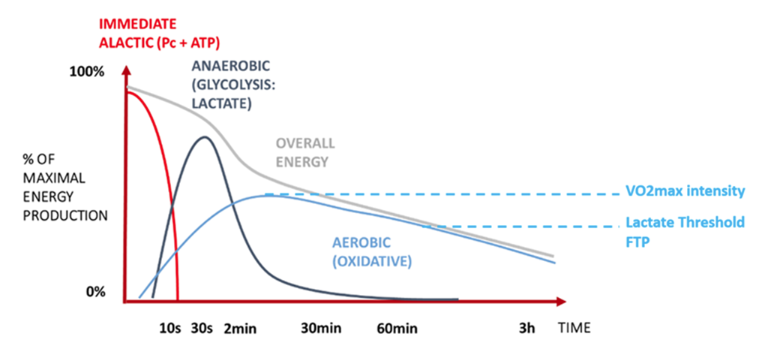Hi,
If I understand the Stamina feature right, it should estimate how much gas you have left in the proverbial tank when you’re out for a run.
if that’s the case, then why would it start out at 99 when my body battery is very low (like 5)?
is it a relative or an absolute measure?
Thanks


